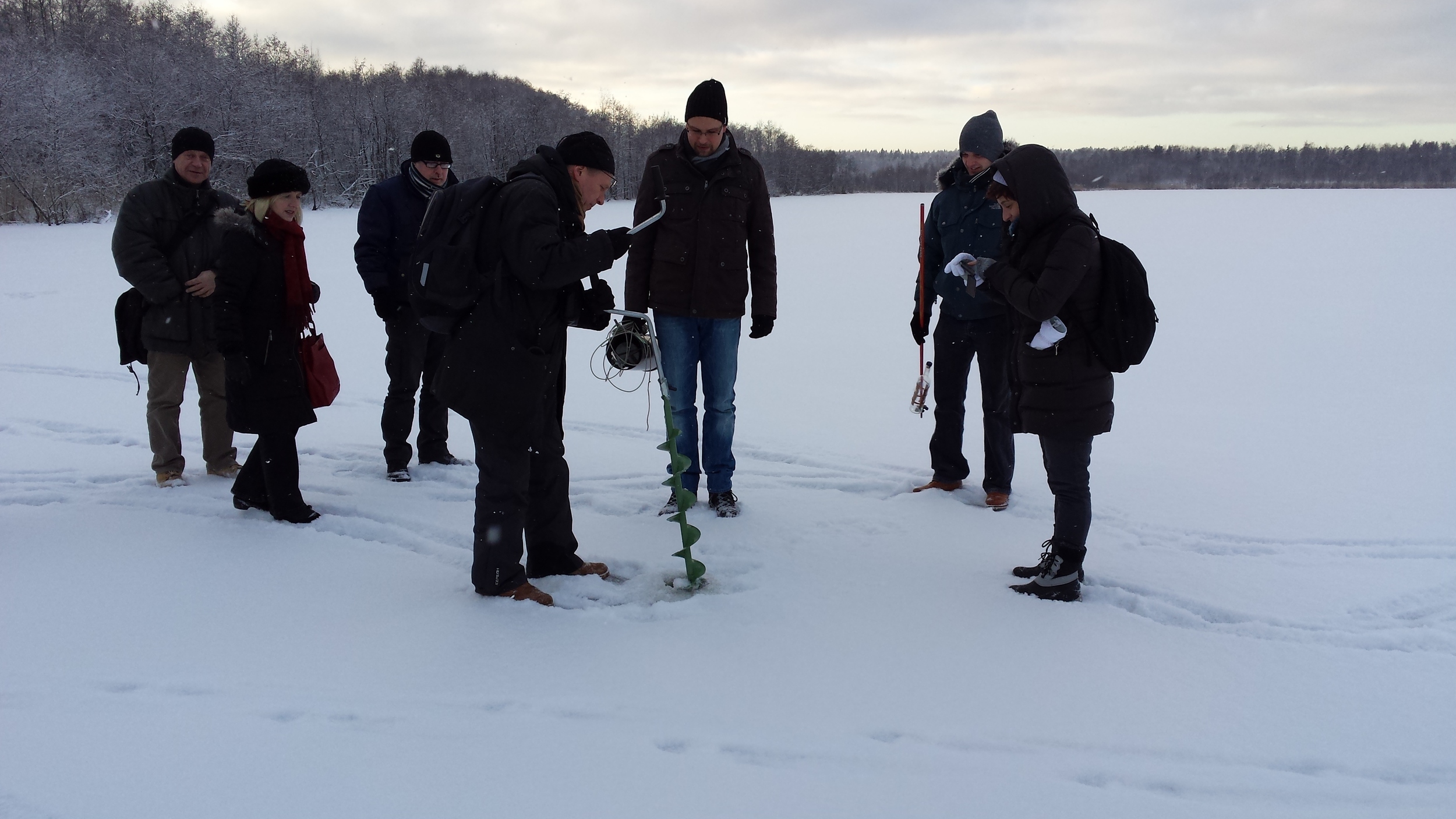 |
Home - About - Limnos Blog - Contact - Clients |
Limnos Blog
Occasional musings on environmental matters and the work in hand - scroll down.
 |
Home - About - Limnos Blog - Contact - Clients |
Occasional musings on environmental matters and the work in hand - scroll down.

|
Weather Station January 17, 2015
Inches of Mercury - Stormy - Rain - Change - Fair - Very Dry. It still works well....
Living out on the west coast of Ireland, one thing we are aware of is weather. I have an antique, or at least a classic, aneroid barometer that my father used to tap whenever he passed it by. "Rain coming" or "Mercury going up", if the weather was going to improve. I'm afraid I have inherited this tap, tapping of the dial and adjusting the static needle in order to gauge the day-to-day rate of change. The pressure is marked in inches: 28" to 31", presumably of mercury - but no Hg in this instrument, and certainly none of your hecta-Pascals or even millibars to be seen on its face - it did come from the middle of the last century.
I recently installed a little weather station in the back garden to be able to put numbers on the local weather - wind speed, rainfall and pressure (and perhaps also to be able to tell when the garden was drying out when we're away from base for any length of time during summer). I have a little console on my desk providing a constant readout and, with a data-logger attached, the readings can be stored permanently and uploaded to the web (although I still have to figure out how to get it onto this particular website). It's been running for a couple of months now and seems very reliable. The peak wind speed during Storm Rachel that hit the west coast in mid January 2015 was 83.7 km/h and we've had 150 mm of rain in the first two weeks of January.
It certainly beats the old style rain gauges that had to be serviced on a regular basis. I remember climbing up the hill above Maumwee Lough half way between Maam Cross and Maam village in the freezing cold to download rainfall data back in the 1980s. This was for Jim Bowman's acid lakes project. Acid rain was still a big issue back then; and there was a striking contrast between Maumwee and Glendalough on the east coast. Acid rain was much more pronounced on the east coast of Ireland, with much greater diversity in west coast lakes like Maumwee. Things have definitely improved in the meantime though, with bans on high-sulphur oils and coals. The 'acid test' in this case is that farmers are once again having to buy sulphur-containing fertilisers in order to avoid sulphur deficiencies in their soils - Goulding's sweetgrass being a case in point. For years this important element had been supplied free from the sky. We see the improvement too in the reappearance of many mayflies, that had gone missing for a few decades there.
It shows that we can make changes with international conventions and the like. It also demonstrated that we can wreak dramatic, global changes on our atmosphere. We solved the acid rain problem, in Europe and North America at least, with transboundary air pollution conventions; and we solved the CFC-generated ozone hole with the Montreal Protocol. It's a bit more of a long shot though, that we can/will stop the changing-climate juggernaut. I hear that to avoid a two-degree temperature increase we need to leave 80% of known coal reserves in the ground and 50% of natural gas there. That's climate though, not weather. In the shorter term, I'm interested mainly in our local micro-climate and my little weather station is spitting out the data in a satisfactory manner so far.
| |
| <- The Castlebar River | The Year Moves On -> |
 |
Home - About - Limnos Blog - Contact - Clients |